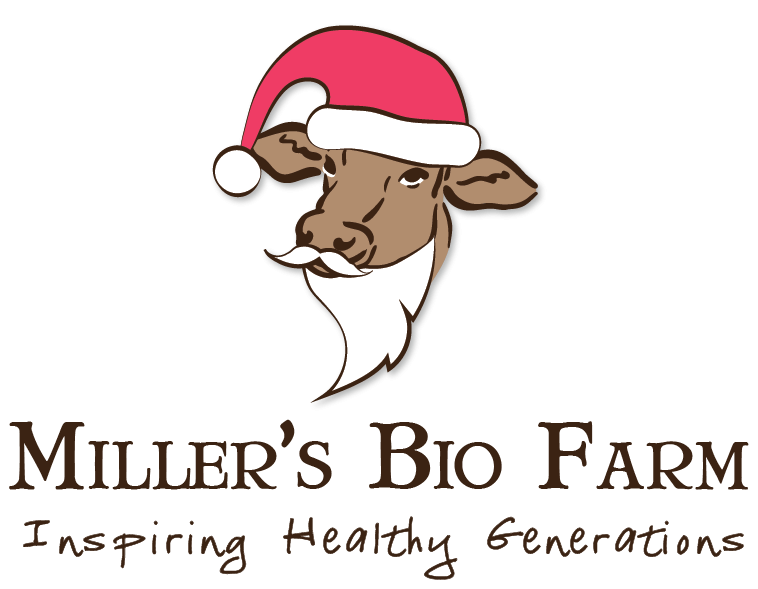A2 beef vs A2 dairy. What's the difference? One doesn't even exist in the US.
posted on
April 12, 2024

Every once in a while, a customer sees that we offer A2/A2 dairy and asks, "Do you sell A2 beef?"
When this happens, I let them know that A2 beef isn't a thing... at least not in the United States. But, A2/A2 dairy is. The dairy vs. beef classifications are based on two completely separate things. Here's the explanation of both.
Subjective Beef Grading
For the consumer, beef is graded on a subjective grading scale, which mostly looks at the level of marbling. The more marbling, the higher quality the beef.
Marbling is how the fat is distributed throughout the muscle meat. Scientifically, it's called "intramuscular fat" (fat found inside the muscle).
If you look at a NY Strip, it will have a thick layer of fat on the outside of the cut. This is NOT considered marbling. Similarly, the big glob of fat in the middle of a ribeye is not considered marbling either.
What you look for with marbling are thin white streaks or flecks of fat inside the meat. Cattle breeds like Waygu and Kobe are renowned for their extreme marbling, and that's why they come with a hefty price tag.
In the United States, we have three grades of beef: Prime, Choice, and Select. In Japan, there are five grades of beef: A1, A2, A3, A4, and A5. In Australia, there's yet another beef grading scale (but I won't get into that and complicate this more).
Here are the grading scales and how they (generally) overlap.

Different cuts of meat have different levels of marbling. Ribeye typically has the most marbling, and filet mignon has the least. That being said, you can still have a Prime, Choice, or Select ribeye or filet mignon. The scale relates to the amount of marbling typically found on that cut. So you can have a Prime filet mignon that has less marbling than a Select ribeye.
At Miller's Bio Farm, we don't sell graded beef. We just sell old fashioned, standard, ungraded 100% grass-fed beef. The amount of marbling will vary from cut to cut (and animal to animal, too).
Objective Dairy Classification
With dairy, A2/A2 is an objective scientific classification that has to do with the type of beta-casein protein a cow produces in her milk. A2/A2 is the best, most natural, and most digestible.
You see, a few thousand years ago, cows in Europe were stressed. People began moving them to cities and feeding them unnatural diets. Because of this, they had a mutation that caused them to produce a new type of beta-casein protein: A1. Those cows made their way to the US, and now basically all cow milk has a mix of A1 and A2 beta-casein protein in it.
All other mammals (humans, goats, camels, mice, whales, dogs, etc) produce milk with 100% A2 beta-casein protein. It's simply what we were designed to digest. Because of this, some people who are intolerant to cow milk in general do fine with A2/A2 dairy. And, some people who develop chronic digestive issues like colitis have their symptoms resolve when they switch to A2/A2 dairy.
The A2/A2 dairy status is determined by a simple genetic test on the hair of a cow. There are three possible results:
- A2/A2: Most natural/digestible
- A1/A2: Most common
- A1/A1: Least natural/digestible
At Miller's Bio Farm, we sell A2/A2 dairy, which is a thing everywhere in the world.
Marbling is Different from Protein
The type of beta-casein protein a cow produces in her milk has nothing to do with the type of protein cattle have in their muscle meat. Similarly, there's no such thing as marbling in milk.
The grading of marbling in beef and the A1/A2 classification of milk are two completely separate things.
What do you look for when purchasing beef or dairy? What's most important to you?
I'd love to hear from you. Comment below or contact us.




